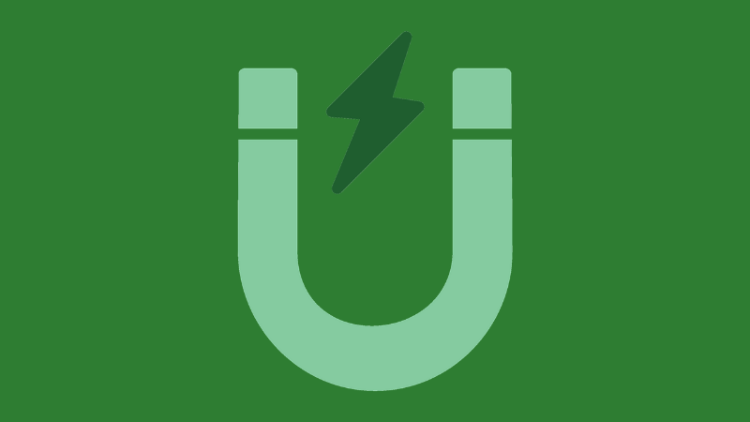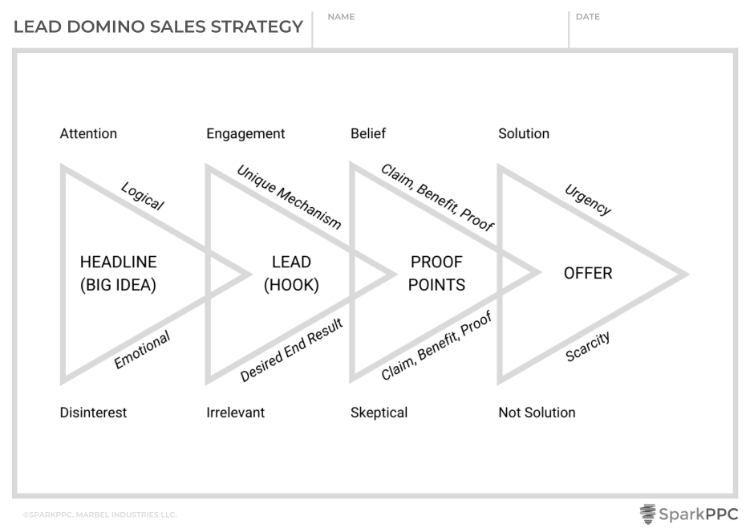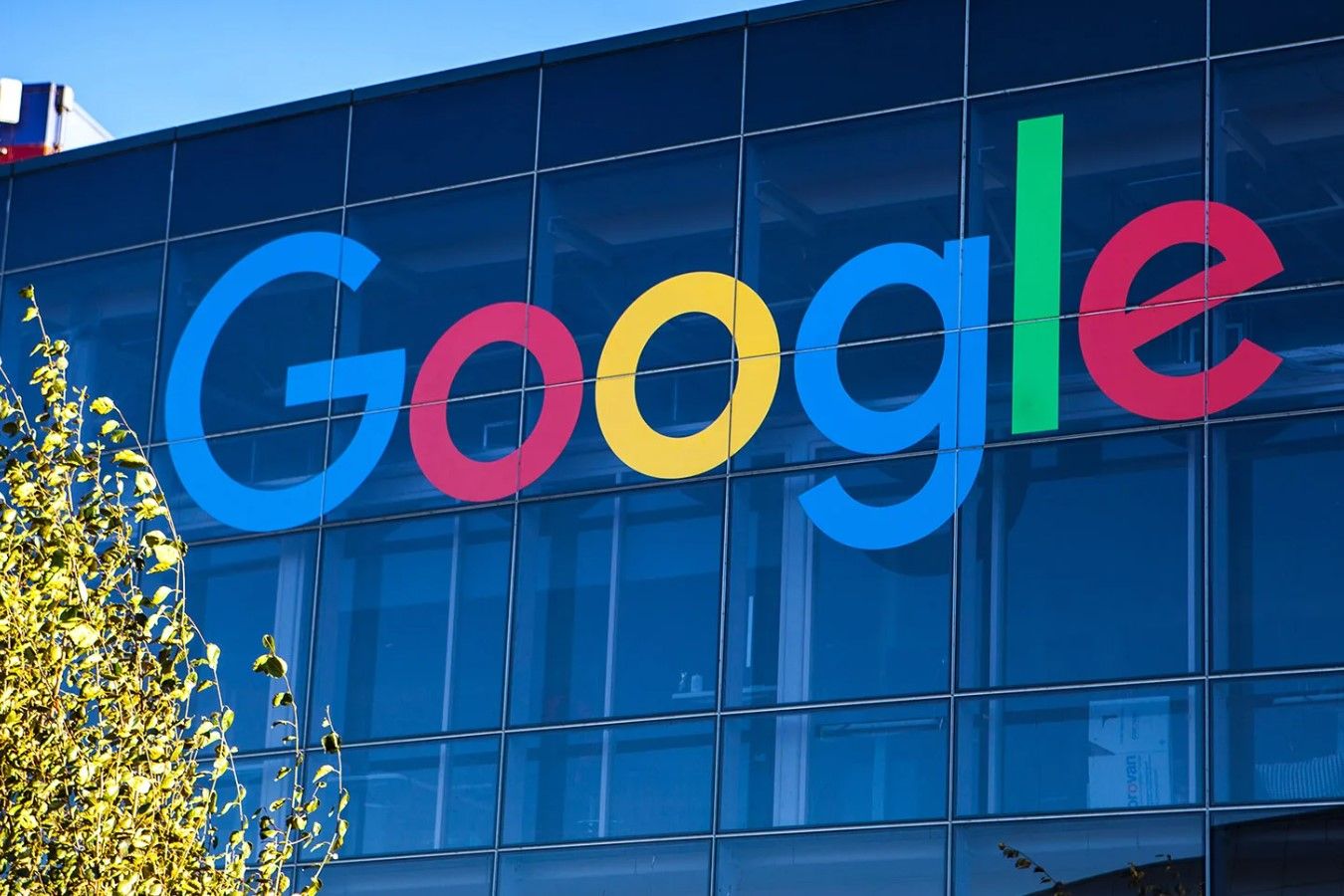If you’re like any forward-thinking small business owner, you’re looking for how to increase sales.
However, most advice you’re probably being given is “well just spend more money“.
The only problem is—spending more money won’t necessarily guarantee more sales of your products or services. It can however get you more awareness and traffic.
But you’re not looking for awareness or traffic right now. You want more sales because you want to grow your business.
What does guarantee an increase in sales is improving how you do digital marketing…
…specifically how you create your marketing campaign.
You see, the biggest mistake a business owner can make with marketing is not defining the who, where, and how.
Here’s what you’re going to learn:
- Who – The very first thng you’ll need to focus on
- Where – Choosing a marketing channel to attract your ideal customer
- How – The right way to create a marketing campaign
Before we get to creating a sales-increasing marketing campaign, we’ll need to cover two very important housekeeping items.
Let’s get started…
Know Who You Want To Attract

All great marketing strategies begin with buyer personas. You’ve probably come across this concept.
They’re often called customer profiles, customer avatars, or even audience persona.
A buyer persona is a detailed profile for a segment of your target audience that provides insights for crafting your product offers and messaging.
This is important because your marketing campaign must be specific to that particular segment of your audience.
It’s common for businesses to want to attract a very general group of people. But this is the marketing that people (you and I included) often ignore.
Example: If you’re selling plumbing services, you wouldn’t speak to someone doing new construction and someone living in an apartment the same way.
Would you? Of course not! They’re looking for two totally different solutions.
This is why buyer personas help you narrow down your messaging.
It will help you undestand their:
- Goals, challenges, and problems
- Values and objections
- Demographics and interests
If you’ve never created one, you can use this free buyer persona template.
Let’s move onto choosing a marketing channel…
Where To Start Getting Traffic

There are really only three ways to “be found” and attract the right customers to buy from you:
- Paid ads
- Content
- Strategic partnerships
These three marketing channels are my preferred because they target a 1:Many audience ratio instead of 1:1.
This means your marketing efforts reach many people instead of one—increasing your odds for a sale.
Why knock on doors one by one when you get in front of many more just one time?
Let’s learn about the pros and cons of each…
If you use paid ads
Paid advertising such as Facebook ads, Google ads, or even more traditional media like newspaper ads can be a powerful way to get in front of your target customer to increase your sales.
The pros…
Using paid ads is the fastest way to increase sales now. It’s bigger and faster than other marketing channels because it puts you at the top of Google search results and places you on the newsfeeds of social media.
More importantly, you can control how much or little you want to spend. Naturally, the more you spend, the more traffic you can get.
You can even layer in retargeting campaigns to bring back existing customers.
The cons…
It takes money to make money.
If you invest in paid advertising, you’re hoping you make more than the dollar you put in; a positive return on your investment (ROI).
If you use content
Content can mean being a guest on a blog or podcast, getting featured on an industry magazine or newspaper, or even speaking on stage for an event. It’s the sharing of your expertise to build trust and authority that makes content so effective.
The pros…
People buy from those they know, like, and trust. You don’t need to be a professional content marketer to create content. It’s just how you build trust by sharing what you know about your craft and how it can be the solution your potential customers are looking for.
It also doesn’t take much money to write a blog, get interviewed, or speak at an industry event.
You can even layer in email marketing to share it to your email list once you’ve got something created.
The cons…
It takes time to make money.
So you may need to produce and share content, in any form you choose, more often than setting up an ad campaign once for it to be an effective channel.
If you use strategic partnerships
Strategic partnerships is another way to bring in prospective customers. Partnering with businesses that serve the same people you want to attract by creating win/win opportunities are worth a try.
The pros…
Want to reach your ideal customers quickly? Consider contacting other product or service sellers who are already serving those people. Create a referral partnership where you send leads to eachother’s services.
Alternatively, create a joint venture (JV) partnership if your products or services compliment each other and can be purchased together as a packaged deal.
The cons…
It can take time, money, or both.
Creating strategic partnerships can be difficult to get all the details in order.
Now let’s move onto creating your marketing campaign to begin increasing your sales.
How To Create Your Campaign

The Lead Domino Strategy from the SparkAccelerator ™ program.
Alright, you’ve made it to the best part!
By now you’ve decided on a) who specifically you’re looking to attract and b) where you’re going to attract them.
Now we’ll discuss the how…
The Lead Domino Sales Strategy
I’ve always maintained that to become great at understanding sales and marketing, you should study the great copywriters.
One of them is Mark Ford, who founded the American Writers and Artists Institute (AWAI) and The Agora Companies—both of which produce copywriting for billion dollar industries.
They know how to craft a winning marketing campaign so that when someone visits your landing page, the sales funnel works like magic.
He’s the inspiration behind what I call the Lead Domino Sales Strategy…
What is the Lead Domino Sales Strategy?
The Lead Domino Sales Strategy is a 4-step sales process to turn strangers into customers.
A lead domino is the first domino that pushes everything in motion. It gets the ball rolling.
And much like every lead domino, momentum gets stronger after the first push making the final domino topple over easily…
…the final domino being the sale.
What does Mark Ford and copywriting have to do with this? They’ve known that a sale begins with one thing first: the big idea.
1. The Big Idea
It’s important that your marketing campaign conveys one single message—a big idea.
This Big Idea is your lead domino, the premise of your campaign that’s going to trigger an increase in sales. It needs to appeal to emotion and logic, the head and the heart.
Why? People purchase based on emotion and then rationalize the choice with logic. Doing so will catch their attention. Not doing so, you’ll get disinterest.
Let’s stick with out plumbing example from earlier…
- Not a big idea: “Shower Drain Cleaning”
- Big idea: “We’ll Restore Your Daily Cleanliness”
Note: Logically, the consumer wants to be able to conveniently shower again. Emotionally, they feel unkept, unconfident, and like their daily routine has been put to a halt. They don’t feel like their best selves.
Where this is applied: Headlines
Now that you’ve tapped into your target customer’s emotions, the Lead is where you’ll go deeper…
2. The Lead
The Lead is the opening paragraph(s) of your message, whether it be applied in an ad or other form of content.
It’s meant to “hook” your target customer and create engagement after they’ve read your Headline. If the Lead fails to create engagement, it’ll be seen as irrelevent to the target customer. (You can see why buyer personas are so important…)
The Lead is where you’ll expand on what your Big Idea started…
You’ll communicate the desired end result and benefits that your target customer is looking for (again based on your buyer persona) and your unique mechanism.
The unique mechanism is your unique selling proposition. How you do what you do, better, faster, stronger than any other solution in the market. If you don’t have one yet, you’ll want to create one to differentiate yourself.
No, “great customer service” and “premium” isn’t a unique mechanism.
You can learn more about unique mechanisms and their role in messaging.
Let’s continue our plumbing example, the Lead could go into…
- “You’ve been going to work hoping your coworkers don’t notice you haven’t showered.”
- “We’ll fix your shower plumbing using our signature 3-step ABC process…”
- “Get your daily cleanliness restored …”
Note: In the example, you’ll see we’re continuing to speak to the desired end result and benefits while introducing our unique mechanism that no other can replicate—making this plumber the only viable solution. Notice we have not even mentioned our products or services yet.
Where this is applied: Opening paragraph(s)
Ok, so you’ve got them hooked and haven’t even mentioned made an offer yet—but every buyer always has some doubts…
3. Proof Points
Proof Points are where you’ll back up your claims with proof that it works.
Types of proof points are: testimonials, reviews, authority badges, previous clients, where you’ve been featured, case studies, actual numbers and data, etc.
For each claim that you’ve made, a benefit should follow, and proof point should follow after that.
With our plumbing example…
- “Your shower drain cleaned in 24 hours so you can get back to your daily routine”
- “The team at XY Plumbing fixed my shower within hours! – Happy Customer”
Note: Notice the claim is made, the benefit follows after the “so you can” and then proof from a previous customer.
Where this is applied: After opening paragraph(s)
Finally, you’ve communicated your Big Idea, you’ve hooked them with your Lead, and you’ve made your Proof Points. Now it’s time to make an Offer…
4. Offer
The offer. This is where you ask for the sale.
Think about where your target customer is at this point in time…
You presented a Big Idea, one that appeals to their emotions first and their logic second. Then you expanded on that idea in your Lead, touching on a desired end result they’re wishing for. You made yourself uniquely qualified to provide that solution with your unique mechanism. Then you stated the benefits of your solution with Proof Points to back them up.
At this point in time, you reveal the solution, your offer.
Back to our example…
- “Call us at 555 555-5555 to get an instant quote and get 10% off trenchless pipe lining if you go with us. This offer is only valid for this month and while our supplies last.”
Note: So you’ve made your offer and offered up a solution to their problem. To make your offer more effective, add in a bonus and layer in urgency (offer valid for this month) and scarcity (while our supplies last) to give your prospect a reason to act now.
Where this is applied: After the Proof Points in your Offer
This is the Lead Domino Sales Strategy.
Apply The Lead Domino Sales Strategy
Use the Lead Domino Sales Strategy when you’re thinking of what your marketing campaign’s messaging will be when you’re thinking of how to increase sales.
Your messaging should come from your buyer persona. Then apply the Lead Domino Sales Strategy to the landing page you will be driving traffic to.
If you’re using paid ads, use it to write your ad copy. If you go with content, whether speaking or written, think of how you can structure the content in this order.








